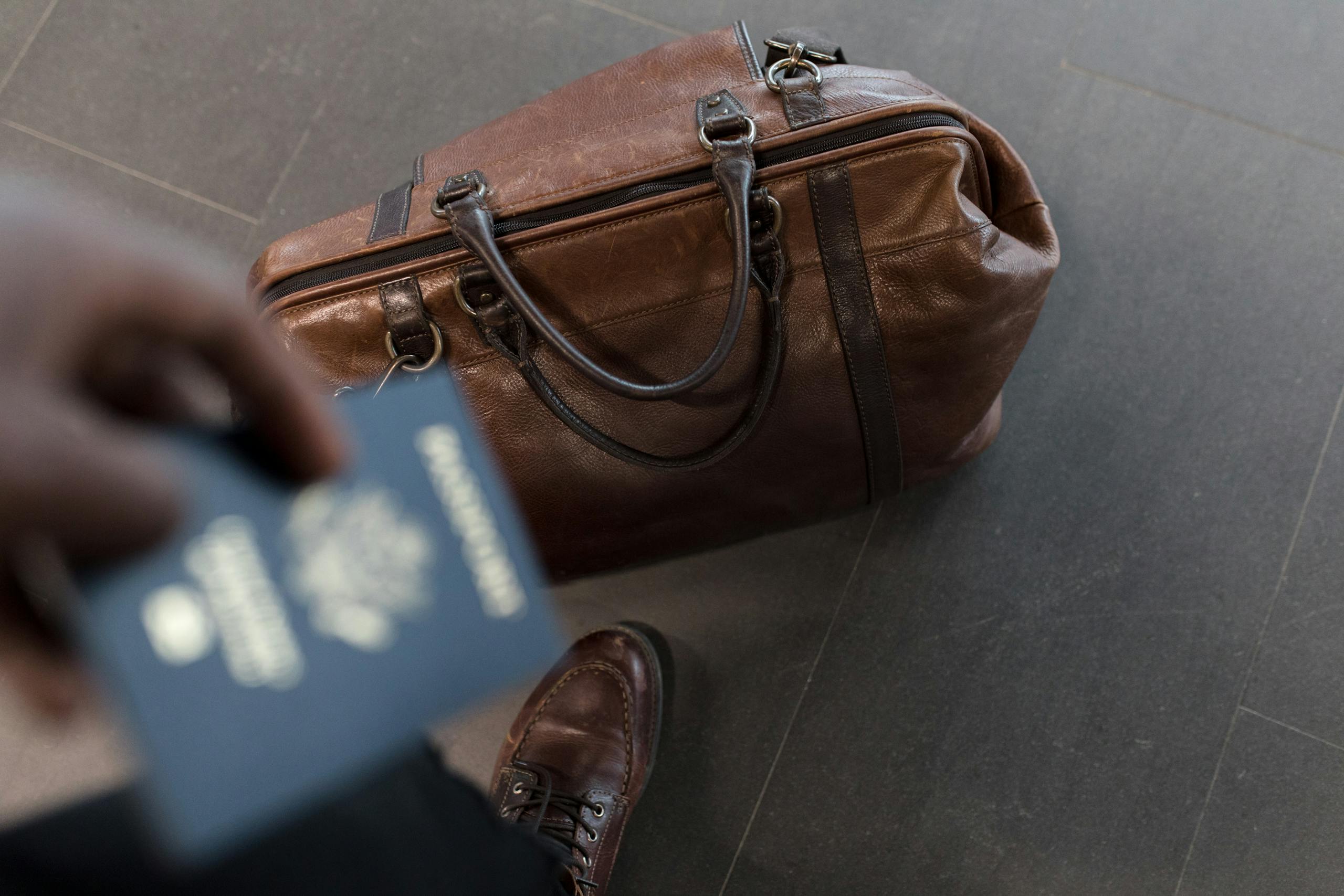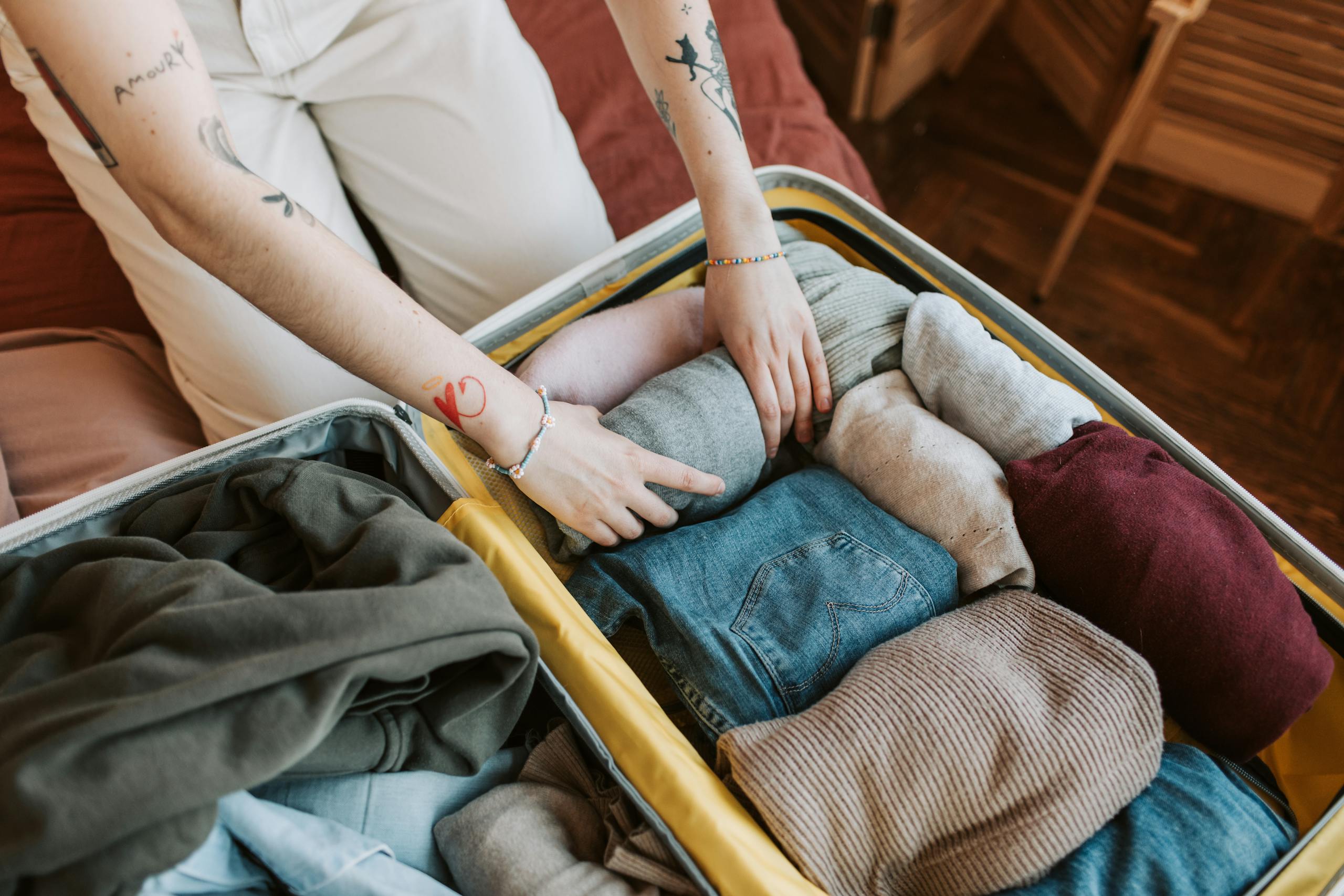First Steps in the Philippines Airport Every Traveler Needs to Know
I want to let you know that certain products and links on this site are affiliate links, which means I may receive a tiny commission when you purchase from the link at no extra cost to you. I only advertise products that I believe in.
Welcome to the Philippines – Land of Smiles and Adventures
Welcome to the Philippines, a country renowned for its breathtaking landscapes, vibrant culture, and warm hospitality. Whether you’re a tourist, a first-time traveler, or an expat, stepping foot in this archipelagic paradise is the beginning of an unforgettable adventure.
This guide is designed to help you smoothly transition upon arrival at the airport, ensuring that your first steps in the Philippines are as seamless and enjoyable as possible. From navigating the bustling terminals to understanding local customs and transportation options, we’ve got you covered.
Navigating The Philippines Airports: A First-Timer’s Guide
Overview of Major Airports
The Philippines boasts several major airports, with the Ninoy Aquino International Airport (NAIA) in Manila, Mactan-Cebu International Airport in Cebu, and Clark International Airport in Pampanga being the primary gateways for international travelers. NAIA, the busiest of the three serves as the main international hub. Mactan-Cebu offers a more relaxed atmosphere with modern facilities catering to domestic and international flights. Clark International is known for its efficiency and an alternative entry point in the metro Manila area.
Arrival Procedures
Upon landing, you’ll need to go through customs and immigration. Have your passport, visa (if applicable), and customs declaration form ready. Follow the signs to immigration where an officer will check your documents. Once cleared, proceed to baggage claim to retrieve your luggage. After collecting your bags, head to customs for inspection. If you have nothing to declare, use the green lane; if you do, use the red lane. Be prepared for random checks, and keep an eye on your belongings.
Language and Communication Tips
While Filipino is the national language, English is widely spoken and understood, especially in airports and tourist areas. Signage is also often bilingual. For a smoother experience, it’s helpful to know a few basic Filipino phrases like “Salamat” (Thank you) and “Magkano ito?” (How much is this?). If you need assistance, airport staff are usually friendly and eager to help.
Read: Common Filipino Words or Phrases to Learn When Visiting the Philippines
Essential Documents and Requirements for Entry
Visa Information
Depending on your nationality, you may need a visa to enter the Philippines. Citizens from many countries can enter visa-free for a stay of up to 30 days. If you need a visa, you can apply for one at the nearest Philippine embassy or consulate. There’s also a Visa on Arrival option for certain nationalities, but it’s always best to check the latest requirements before you travel. For those planning a longer stay, visa extensions are available at the Bureau of Immigration.
Health Protocols and Requirements
In light of the COVID-19 pandemic, health protocols are in place to ensure the safety of travelers and residents. Make sure you have a negative COVID-19 test result taken within the required time frame before your flight. Upon arrival, you might be required to undergo another test or quarantine, depending on current guidelines. Always check the latest health advisories from Philippine authorities before your trip.
Transportation Options from Airport to Destination
Public Transport
Once you’ve cleared all formalities, you’ll need to decide how to get to your final destination. Public transport options include taxis, buses, and the iconic jeepney. Taxis are available at designated stands outside the airport terminals. Make sure to use official airport taxis for safety. Buses serve major routes but may not be the most convenient if you have a lot of luggage.
Ride-Hailing Services and Airport Shuttles
Ride-hailing services like Grab are popular and can be booked through their respective apps. These services are generally safe and reliable, offering fixed rates. Airport shuttles provide a convenient and often economical way to reach your hotel or other destinations. Check with your accommodation if they offer shuttle services.
Car Rental and Private Transfers
For those who prefer more independence, car rental services are available at the airport. Major rental companies like Avis and Hertz have desks at the terminals. Private transfers can also be arranged in advance, providing a hassle-free way to travel, especially if you’re new to the country and unfamiliar with local routes.
Money Matters: Currency Exchange, ATMs, and Payment Methods
The local currency in the Philippines is the Philippine Peso (PHP). Currency exchange counters are available at the airport, but it’s advisable to exchange only a small amount there due to higher rates. ATMs are widely available and accept international cards. Payment methods have evolved, with credit and debit cards being accepted in most establishments. However, it’s always good to have some cash on hand for small purchases and transportation.
Tips for a Smooth Arrival and Enjoyable Stay
Packing Essentials
The Philippines has a tropical climate, so pack light, breathable clothing. Don’t forget essentials like sunscreen, insect repellent, and a reusable water bottle. If you plan to visit beaches or go hiking, bring appropriate gear. Remember to pack a universal adapter for your electronic devices.
Read: 10+ Must-Have Travel Water Bottles That are Easy to Carry
Local Customs and Etiquette
Filipinos are known for their hospitality and respect for traditions. When greeting locals, a smile and a friendly “hello” go a long way. It’s customary to remove your shoes when entering someone’s home. Tipping is appreciated but not mandatory; a 10-15% tip is standard in restaurants and for services.
Safety Precautions and Emergency Contacts
While the Philippines is generally safe for tourists, it’s wise to take some precautions. Keep an eye on your belongings, especially in crowded places. Avoid displaying valuables and be cautious when using ATMs. In case of emergency, the nationwide emergency number is 911. It’s also helpful to have the contact details of your country’s embassy or consulate.
You’ve Landed – Now, Embrace the Wonders of the Philippines
You’ve successfully navigated your arrival in the Philippines! Now it’s time to immerse yourself in the rich culture, stunning landscapes, and delectable cuisine that await you. Whether exploring bustling cities, relaxing on pristine beaches, or trekking through lush mountains, the Philippines has something for everyone.
Enjoy every moment of your stay and don’t hesitate to share your experiences with fellow travelers. Sign up for our newsletter for more travel tips and exclusive deals, and join our community of adventurers ready to discover the beauty of the Philippines.






